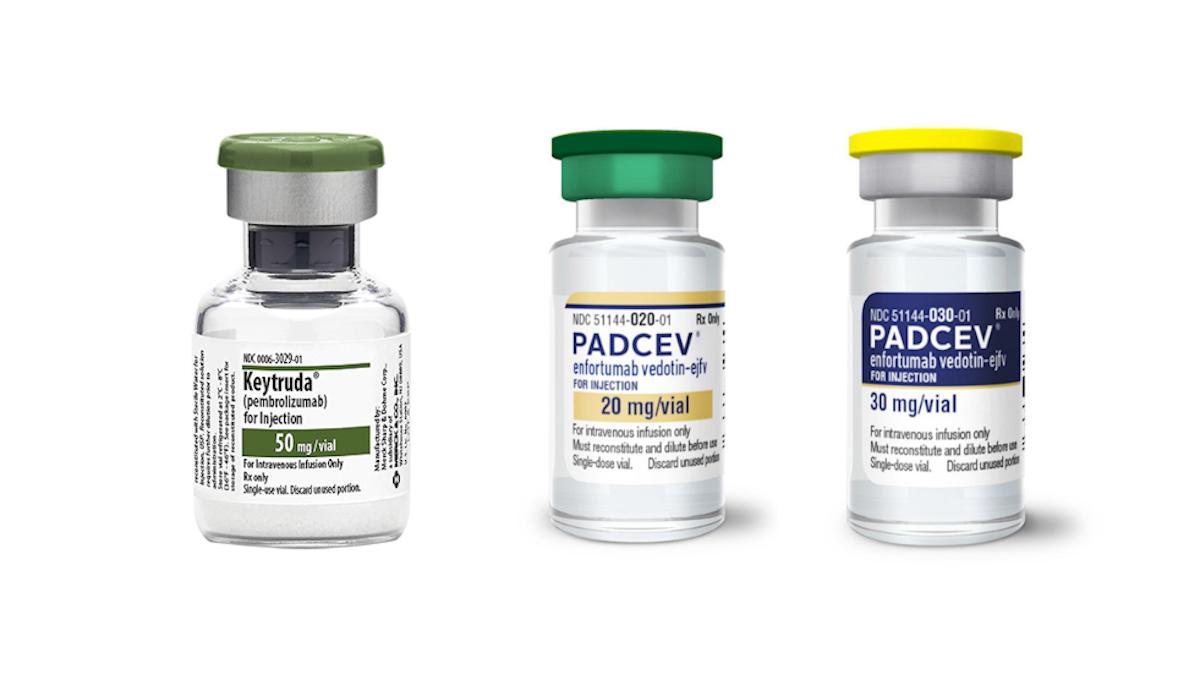Navigating the virtual healthcare explosion with automation

Prior to 2020, telehealth had been slowly gaining momentum, with Polaris Market Research reporting that the US telemedicine market was valued at $6.61 billion in 2019. At the onset of the pandemic, however, the industry seemed to explode almost overnight. Johns Hopkins Medicine, for instance, reported that the hospital system went from less than 100 virtual visits per month before 2020 to 90,000 in both April and May 2020. This number accounted for more than half of all its outpatient care.
That year also, the telemedicine market exceeded $30.9 billion in value, and in 2022, Grandview Research reported the market topped $83.5 billion, with a projected compound annual growth rate (CAGR) of 24.0% from 2023 to 2030. In addition to the proliferation of smartphones and access to internet driving continued growth, Grandview Research includes the increasing need to monitor health and wellness in order to manage chronic diseases virtually.
Telehealth and the pharmaceutical industry
For pharmaceutical companies, telehealth has become a significant funnel in its supply chain, and its continued growth moving forwards presents major benefits as well as challenges, particularly as pertains to prescription medication dispensing and monitoring trends with telehealth going towards digital. Markets and Markets projections for the digital pharmacy market alone suggest an increase from $96.5 billion in 2022 to $211.9 billion by 2027. (The pharmaceutical wholesale industry is valued around $1 trillion.)
Like any other industry experiencing a surge in demand, pharma companies must re-evaluate and adapt their supply chains accordingly, as well as customer experience to help address issues beyond prescription fulfilment. There are many steps in the patient care process that vary by patient. Rather than manually managing this process, some companies are tackling it with automation, using appointment requests, patient forms, appointment reminders, post-appointment communications, prescription refill notifications, follow-up treatment, and more, so as to increase efficiency and boost patient satisfaction, trust, and loyalty.
A large pharmaceutical manufacturer, for example, needed a better way to answer patient questions and provide critical information, such as drug interactions and side effects, and refill reminders. Inquiries were being handled by live agents and customers were experiencing long hold times. Deploying a Communications Automation Platform that utilises natural language processing (NLP), the company was able to provide information for 80 pharmaceutical brands, replacing the need for agents handling these inquiries.
The company used an automated workflow to improve patient engagement by providing a hotline for medication information. These flows connect the generic welcome message with flows specific to each medication. Once a caller goes through the main menu, they are brought to a flow built specifically for their needs. The company also uses voice automation to deliver important prescription and safety information to inbound callers, and automated voice and text (where applicable) to send patients daily pill and monthly refill reminders. This resulted in the following:
A better customer experience:
- A self-service option is decreasing hold times
- Automated reminders are helping patients with monthly refills and daily medication intake
- Omnichannel communications automation is enabling new ways to engage with customers and measure the results of engagement across channels and programs
Cost and process optimisation:
- Call deflection reduced communication costs and allowed agents to focus on high-value tasks
- No system replacement – innovative add-on to existing contact centre solution
- No-code capability enables delivery of new information about programs and patient services without IT resources required, while reducing total cost of ownership for customer communications
Top Communications Automation Platform solutions can also improve the security of patient data, which is extremely sensitive information. Security breaches and HIPAA violations can be costly, which is why healthcare companies need to have tight measures in place to protect against these types of events. Improved reputation management also plays a key role in automated communications, as healthcare providers have important communications and reminders to send to patients. Automation can help avoid such communications being labelled as spam, scam, or fraud. In fact, a Communications Automation Platform can bridge critical gaps across the entire healthcare ecosystem:
Pre-appointment
- Appointment/ride scheduling
- Pre-appointment questionnaire on health history, status, emergency contacts, current medication, and/or preferences
- Healthcare provider digital transformation - including Smart IVR and F2F
Administrative process
- Appointment reminders: virtual meeting URL, pre-appointment instructions
- New patient insurance information collection, and pre-screening questions
- Appointment cancellations, no-shows, and rescheduling
Discharge process
- SMS notifications: test results, prescriptions, and travel alerts
- Hotline: smart IVR for instructions, transportation pick up information, and prescription status
- Enrolments/pharmacy selection
For pharma companies beginning their Communications Automation Platform journey, or for those looking for a better solution, consider these questions:
- Is the platform easy to use?
- Does the solution enable quick delivery of new programs at the business unit level?
- Is there a product roadmap to ensure continued new capabilities for engaging customers?
- Are the automation services independent of premises infrastructure that can go down from time to time?
Like healthcare patients, pharma companies need a partner they can trust. Look for a tried and tested provider that not only makes it easy to accomplish specific desired goals, but also offers personalised service and support. In an increasing virtual world, that personal support is invaluable.
About the author
 Brian Gilman is chief marketing officer at IntelePeer. He brings more than two decades of experience to his position as CMO, in which role he is responsible for the creation of global thematic and vertical campaigns that span across all IntelePeer products, services, and solutions. Prior to IntelePeer, Gilman was vice president of product, solutions and integrated marketing, at Vonage. He has also produced multiple telecom research reports cited by the US Internet Council and Business 2.0, among others. He holds a BA in Economics from the University of North Carolina at Chapel Hill.
Brian Gilman is chief marketing officer at IntelePeer. He brings more than two decades of experience to his position as CMO, in which role he is responsible for the creation of global thematic and vertical campaigns that span across all IntelePeer products, services, and solutions. Prior to IntelePeer, Gilman was vice president of product, solutions and integrated marketing, at Vonage. He has also produced multiple telecom research reports cited by the US Internet Council and Business 2.0, among others. He holds a BA in Economics from the University of North Carolina at Chapel Hill.











